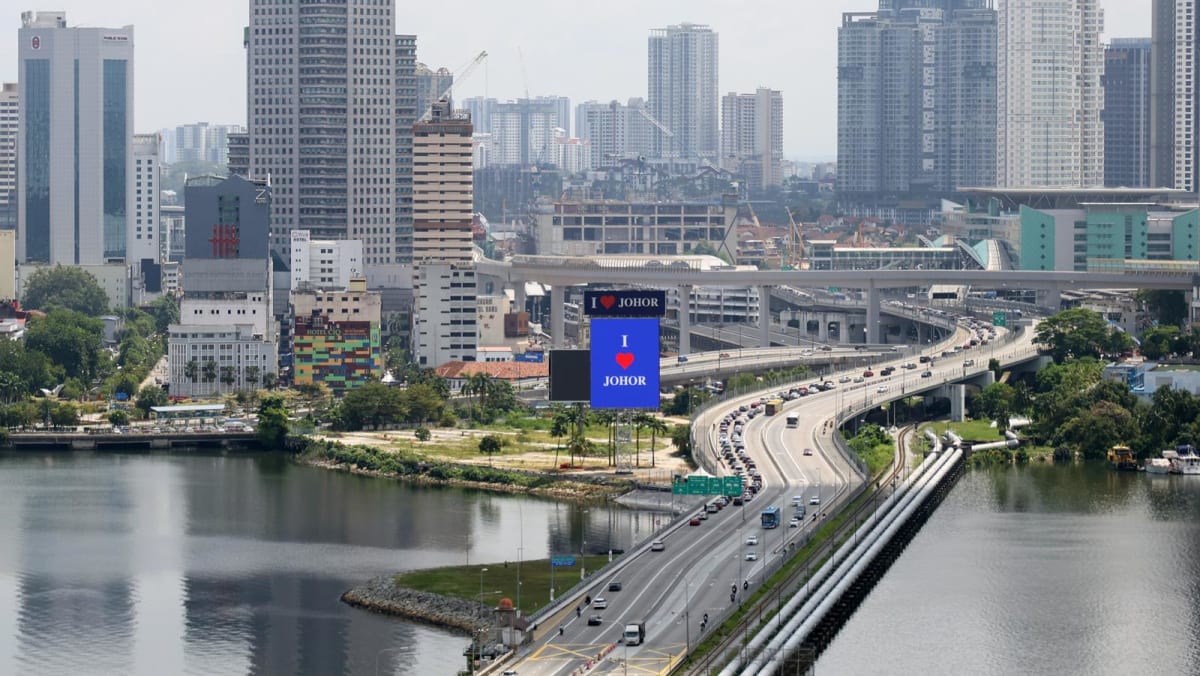NUCLEAR ENERGY MAKES STRATEGIC SENSE
Incorporating a nuclear energy partnership into the JS-SEZ framework would offer multiple benefits.
Consider the Krsko Nuclear Power Plant, located in Slovenia near the Croatian border. Slovenia and Croatia each own a 50 per cent stake, sharing the electrical output and responsibility for nuclear waste equally. Krsko has delivered stable electricity to both countries for decades.
A similar model could work for the JS-SEZ, bringing together Malaysia land availability and regulatory readiness and Singapore’s financing capabilities and intention to import clean energy from the region.
Malaysia and Singapore already have an electricity interconnector that allows energy to be transferred between the two national grids. It is currently used to import renewable electricity from Laos to Singapore, and from Malaysia to Singapore, with remaining capacity to carry more.
There is also opportunity for collective technology transfer and supply chain development. Japan, South Korea and China have strengthened domestic nuclear industries, creating skilled jobs and new export options, through partnerships with established nuclear states. The JS-SEZ could do the same for Malaysia and Singapore.
Talent development is already stated as a goal of the JS-SEZ. Nuclear energy requires a highly skilled and well-educated workforce. Both Malaysia and Singapore have the ability and the motivation to form academic and vocational training programmes supporting the nuclear energy sector.
A joint nuclear project would also position Singapore and Malaysia as leaders within the Association of South-East Asian Nations (ASEAN) in the area of civilian nuclear cooperation, which would shape the region’s future and spur international investment.
(Except for the headline, this story has not been edited by PostX News and is published from a syndicated feed.)

